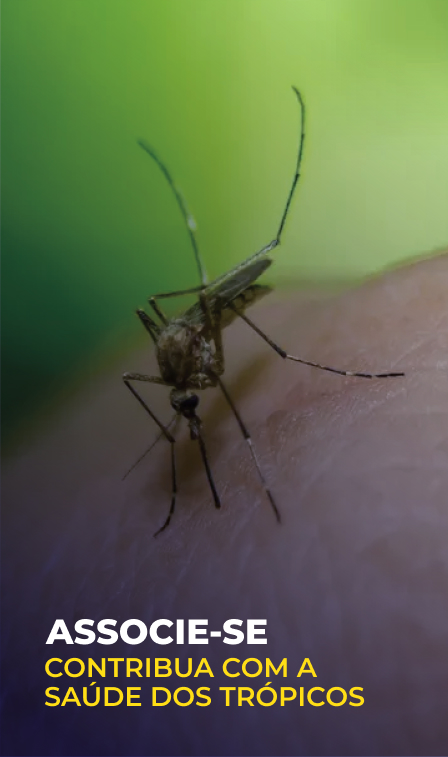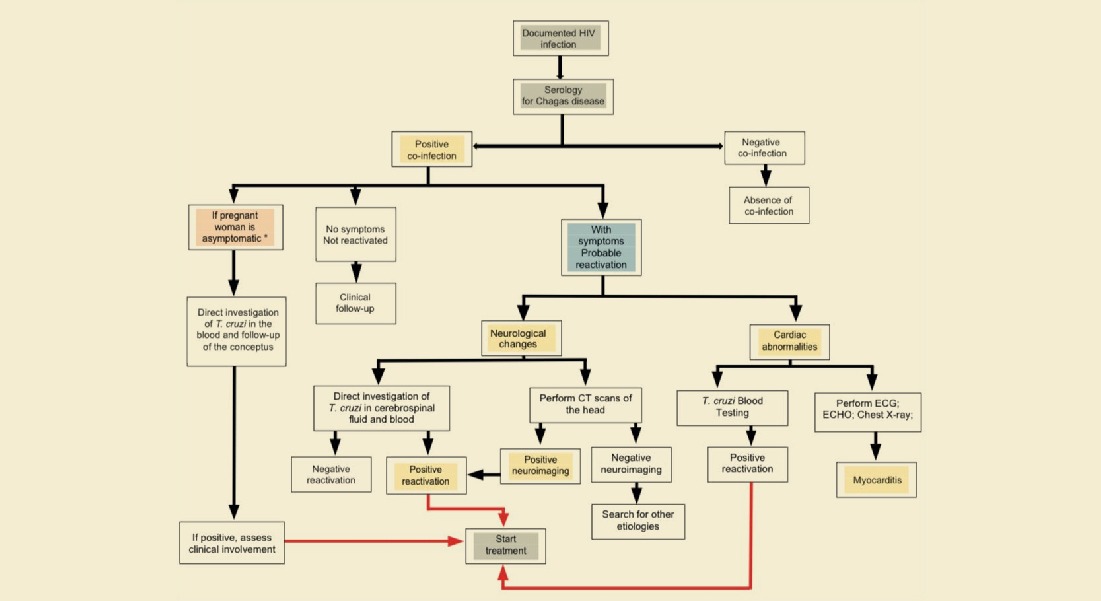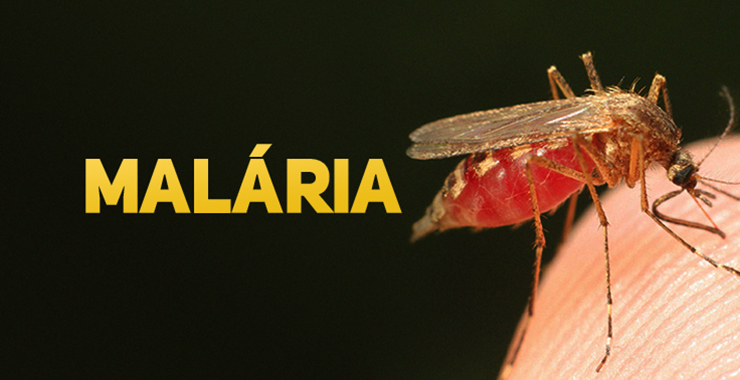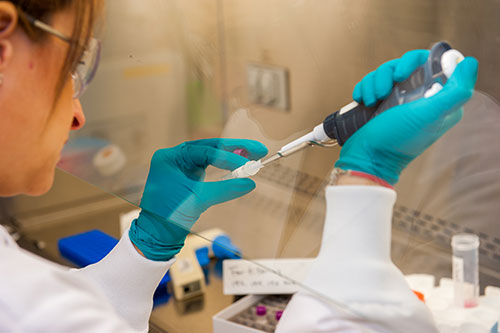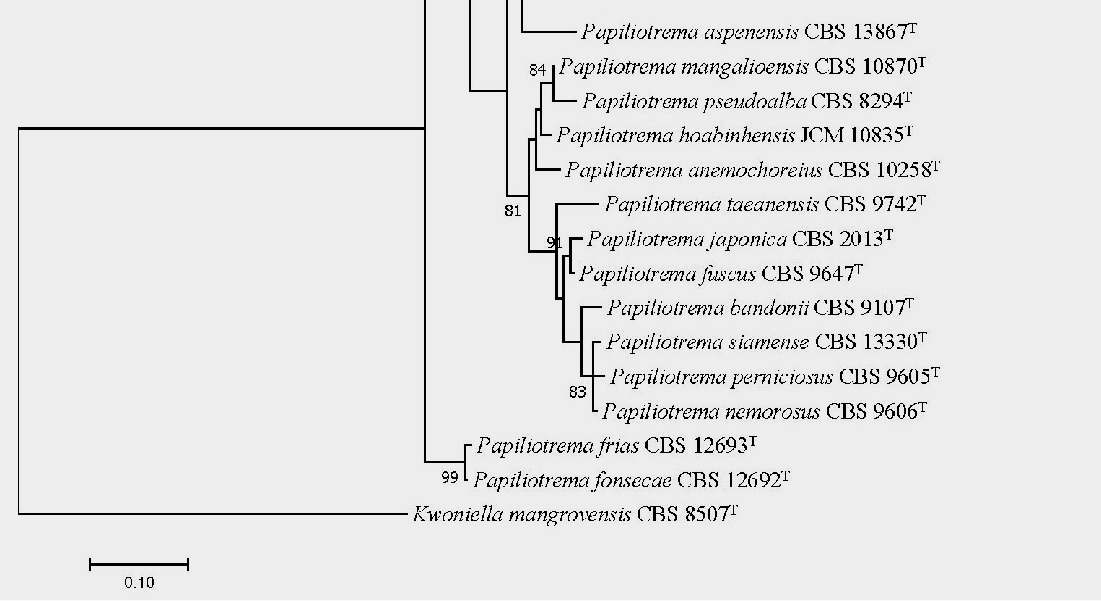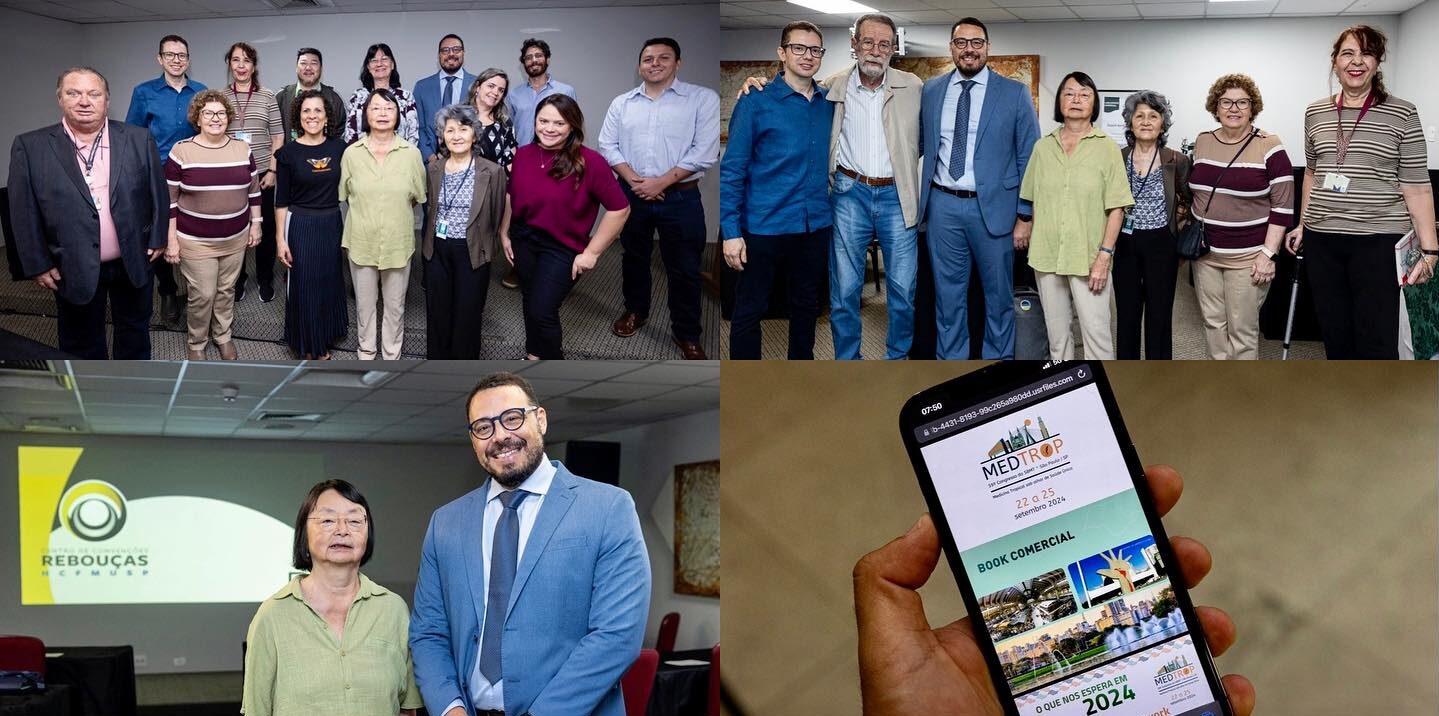
Visceral leishmaniasis advances in southern Brazil
The increasing urbanization of the disease that has occurred in the last 30 years puts control strategies on the discussion agenda
14/03/2023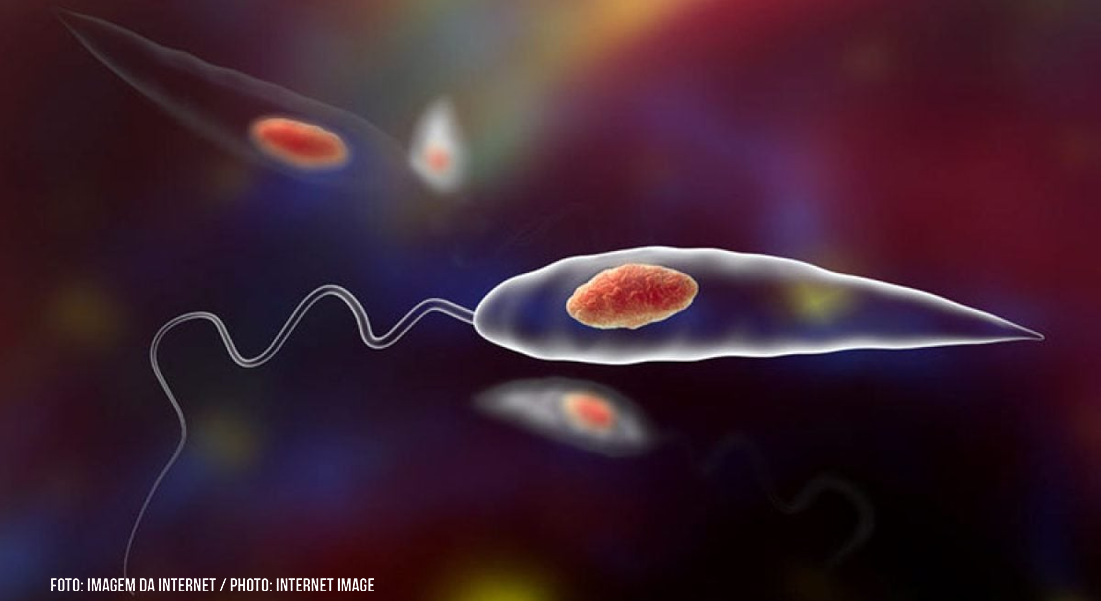
Visceral leishmaniasis, a zoonosis which was mainly rural, has been expanding through the urban environment, becoming an endemic in geographical expansion
Visceral leishmaniasis (VL), a disease considered a public health problem in Brazil, previously concentrated in Northeastern states, has increasingly spread to the Midwest, Southeast and South regions of Brazil, where no cases had been reported until 2006. From 1920 to 1980, the disease was restricted to wild and rural areas. Since 1981, it has been notified in large urban centers such as Teresina, Belo Horizonte and Campo Grande. In 2012, for example, the parasite Leishmania infantum, which causes VL in Brazil, had already been reported in Foz do Iguaçu, a city located in the west of the state of Paraná, that is, far from the first established endemic areas. Among the main hypotheses to explain the shift in the pattern of transmission of the disease are the migration of people from the countryside to the cities and taking along domestic animals such as dogs, deforestation and disorderly urbanization causing great environmental impact. Allied to these factors, we observed a large adaptation of the main species of the transmitter phlebotomine L. infantum, Lutzomyia longipalpis, to the modified environments.
Approximately 2 billion people live in areas at risk of VL transmission worldwide, with 90% of these cases occurring in six countries, including Brazil. Endemic in the country, the disease can lead to death in 95% of untreated cases. Knowing the regions and populations most susceptible to the development of the disease, as well as understanding the dispersion of the disease can collaborate in the development of control measures and health prevention actions in order to reduce the impact of this disease on public health and restoring the population’s quality of life. To learn more about the subject, the communication office of the Brazilian Society of Tropical Medicine (SBMT) interviewed Dr. Patrícia Flávia Quaresma, professor and researcher at the Protozoology Laboratory of the Federal University of Santa Catarina (UFSC).
Check the interview in full:
SBMT: What is the current situation of visceral leishmaniasis in the South region?
Dr. Patrícia Flávia Quaresma: Visceral Leishmaniasis (VL) was considered free in the southern region of the country until 2006, when the first notification of an autochthonous canine case was reported in the municipality of São Borja in Rio Grande do Sul. Then, the first case of human VL (HVL) was identified in 2009, in São Borja, followed by confirmations of cases of HVL in Uruguaiana (2011) and Itaqui (2012), contiguous municipalities in the extreme west of the state, on the border with Argentina. Porto Alegre had its first case of autochthonous HVL confirmed in 2016 (SMS-PA, 2022). In the states of Santa Catarina and Paraná, autochthony in canines occurred in the years 2010 and 2012 respectively. In Santa Catarina, after the first cases of Canine Visceral Leishmaniasis (CVD) in 2010, the first 3 human cases were registered in 2017, another case was registered in 2020 and, recently, the fifth human case in 2022 (DIVE, 2023 – personal communication). In the state of Paraná, the notification of the first case of CVL occurred later, in 2012, and in 2015 the registration of the first autochthonous case of HVL (SESA, 2023). We can observe that here in the southern region, because it is of recent installation, in addition to the few notifications, there is a lack of inclusion of the disease in the differential diagnoses in human and veterinary clinics, and the prevalence of VL may be much higher than the reported cases.
SBMT: Do you believe that the lack of communication between the management spheres of the Unified Health System (SUS) could hinder the work of surveillance, directly implying local control and prevention actions?
Dr. Patrícia Flavia Quaresma: VL is an endemic that is difficult to control because its establishment in a certain area involves the presence of different animals (vertebrate hosts and reservoirs) and vectors (sandflies), as well as factors related to the environment and the socioeconomic context of the community involved. In this complex scenario, the integration of health surveillance actions of municipalities, states and the federal government can be considered one of the great challenges of the Unified Health System (SUS) in Brazil, in all spheres of management. Although several regulations and strategies have been developed to stimulate this integration in recent decades, and institutional efforts have been made to make financial resources viable and organize technical administrative structures, it has not yet been implemented as expected, especially in the context of the planned execution of control actions. In several municipalities, the absence or insufficiency of this integration causes difficulties in the effective control of diseases and priority diseases. A good example is the difficulty of preparing an adequate and timely response to diseases that present seasonality, important for the prevention and reduction in the number of cases. Often, as a result of the increase in cases of a disease, control measures for other diseases are no longer fully implemented, causing a setback in all the advances achieved. Since VL is an insect-borne disease, there are times of the year when measures aimed at controlling the populations of these vectors must be very well executed.
In this sense, it is important to highlight the need for professionals of the municipal surveillance team to be in constant communication with the state secretariats, as well as with the Health Surveillance Secretariat of the Ministry of Health (SVS/MOH), in order to always be in line. Among other aspects, the general characteristics of the diseases, information on the laboratory diagnosis (forms of collection and transport of samples, flows and algorithms for the use of diagnostic tests), treatment and follow-up of the patient, as well as information on how the surveillance of the disease should be carried out (notification, investigation and prevention and control measures) are information that pass from the most comprehensive spheres to the local spheres.
Therefore, effective communication between the management spheres of the SUS has a direct implication in the success of the work carried out by the local surveillance teams of the VL, directly implying more efficient local control and prevention actions.
SBMT: Do the cases of visceral leishmaniasis denounce the lack of containment of its expansion in the region?
Dr. Patrícia Flavia Quaresma: It is important to understand that the surveillance of VL cases occurs actively in endemic areas, as recommended by the Prevention and Control Plan for Visceral Leishmaniasis – PVC-LV (Brazil, 2006) and passively in free areas. State Health Secretariat is responsible for health policies and follows Ministry of Health (MOH) guidelines, the latter is responsible for determining policies from experts from different areas of the country. The state passes on the requirements of the Ministry of Health, but the municipality has autonomy to make its own policies (Dias et al. 2022).
Understanding this complex flow of management (and often inefficient), we think that in the southern region of Brazil, there is still a small number of municipalities with notified cases, evidencing the high rate of underreporting often due to the lack of knowledge by health professionals, both in the case of human and canine VL. Since the characterization of the geographical distribution of cases is considered an essential element in epidemiological surveillance, it becomes much more difficult to act in the control of VL, due to the lack of determination of priority areas for carrying out prophylactic measures. Consequently, leading to great difficulty in containing both geographic expansion and the increase in canine and human cases of VL.
SBMT: Are there data on the geographic distribution of sandflies identified in the South region?
Dr. Patrícia Flavia Quaresma: Some studies have already been carried out to know the fauna of sandflies in several municipalities here in the southern states. In locations where there is already a record of human and canine VL cases, municipal secretariats are responsible for entomological surveillance, collecting sandflies in order to identify potential transmitting species and monitor their geographical distribution.
To date, the results of these collections indicate that the species Lutzomyia longipalpis is the most common among the municipalities, being the most frequent in RS, although it is also found in PR, where only vectors of this same species were verified. The municipalities of Florianópolis and Porto Alegre have a greater diversity of identified native sandflies, however, without the identification of Lu. longipalpis, the main species incriminated as a vector of Leishmania infantum (parasite that causes VL in Brazil).
Speaking more specifically of Florianópolis, where I follow more directly the situation of VL due to the research projects we carried out here at the Protozoology Laboratory of UFSC in partnership with the state and municipal secretariats, the species Nyssomyia neivai, Pintomyia fischeri and Migonemyia migonei returned positive results for the presence of Leishmania spp DNA. Since these sandflies are not considered proven transmitters of the parasite, further studies regarding the vector capacity of these insects are necessary to point them as transmitters of L. infantum in the region.
SBMT: What programs are being developed?
Dr. Patrícia Flavia Quaresma: In Florianópolis, the municipal health department, through the Directorate of Animal Welfare (DIBEA) and the Center for Zoonosis Control (CCZ), has been developing several measures aimed at controlling canine cases of VL such as: use of collars impregnated with insecticides that have repellent action for sandflies in dogs residing in vulnerable communities, campaigns of free canine castrations, VL treatment program for dogs residing with the needy population. In addition, the Entomology Laboratory of the Directorate of Epidemiological Surveillance (DIVE) performs periodic collections of sandflies, especially in locations where there was reports of dogs with CVL. It also operates in the performance of training and capacity building for professionals from the state entomology laboratories, distribution of equipment and laboratory inputs (PPEs, bacteriological and entomological microscopes, etc.), material management to control insect populations and production of entomological reports and reports (DIVE, 2023 – personal communication).
SBMT: Are there groups of researchers and teachers conducting research and extension projects aimed at expanding knowledge about Visceral Leishmaniasis in SC?
Dr. Patrícia Flavia Quaresma Yes. The Laboratory of Protozoology (LP) of the Center for Biological Sciences (CCB) of the Federal University of Santa Catarina (UFSC) since the beginning of its activities, in 1982, has collaborated in helping the diagnosis of Leishmaniasis for different government agencies. From 2001 to 2010, the LP was the state reference laboratory for the diagnosis of Chagas disease and leishmaniasis, being recognized by the State Department of Health of the State of Santa Catarina. Working in teaching, research and university extension, the LP has developed in recent years numerous works addressing different aspects of the biology of pathogenic trypanosomatids such as Leishmania spp., including studies of epidemiology, diagnosis, isolation, typing/characterization and treatment. Since 2010, when the first autochthonous cases of CVL were recorded in Florianópolis, the team of teachers and researchers of the LP has contributed even more to a better understanding of the aspects related to the establishment of this endemic in greater Florianópolis.
Currently, the activities of the Protozoology Laboratory are coordinated by Professors Mário Steindel, Edmundo Grisard, Patrícia Stoco, Glauber Wagner and Patrícia Quaresma, who have the collaboration of several undergraduate, graduate, postdoctoral, technical and scholarship students from different funding agencies, forming a great team. We currently highlight research projects that have been assessing the efficacy of miltefosine in the treatment of CVL and the clinical, histopathological and parasitological monitoring of dogs under treatment. Veterinarian Amábilli de Souza Rosar developed her master’s degree and is now in her doctorate monitoring the dogs studied in this project. In addition, the LP develops an extension project performing the service of diagnosis and quantification of parasite load in clinical samples collected from dogs, before and after treatment, interacting with private sectors and public agencies in order to contribute to the control of cases of CVL in Florianópolis.
SBMT: The 3rd Symposium of Leishmaniasis of the South Region will take place from June 21st to 23rd. Could you talk a little bit about this event that you are coordinating?
Dr. Patrícia Flavia Quaresma: LeishSul (Leishmaniasis Symposium of the South region) is a scientific meeting that was originally conceived and organized by the Reference Laboratory in Leishmaniasis and the Laboratory of Cell Biology of the Carlos Chagas Institute – Fiocruz Paraná, and takes place every two years. It was created from the need to form a discussion environment to update on the subject, in view of the growing advance of leishmaniasis cases in cities in the southern region of the country.
Its next edition, which will take place on June 21, 22 and 23 2023, will be held in a hybrid form, in Florianópolis, as the result of a partnership between ICC – Fiocruz Paraná and the Federal University of Santa Catarina (UFSC) through the Protozoology Laboratory. As in previous editions, the symposium will be attended by renowned researchers in the area and will be open to graduate students, undergraduate students and health professionals. We will have three days of intense exchange of ideas and updating on several topics related to the disease, such as parasite-host interaction, diagnosis and treatment, epidemiology, transmission and control, immunological aspects and vaccine, clinical evolution and pathogenesis, and genomics applied to studies in Leishmaniasis. In the pre-event there will be a mini-course aimed at health professionals and entomological surveillance, providing a space for exchange of information and updates on leishmaniasis in the states of the southern region of the country.
We, the Organizing Committee, are pleased to invite you to the 3rd LeishSul, which is part of the region’s scientific calendar as a source of discussion and innovation in combating this serious public health problem in the country. Visit https://www.icc.fiocruz.br/leishsul/ for more information.
SBMT: Would you like to add anything?
Dr. Patrícia Flavia Quaresma: References visited
Dias et a., 2022. Visceral leishmaniasis in southern Brazil: critical analysis of epidemiological evolution. Research, Society and Development, v. 11, n. 5, e45711528361, 2022. DOI: http://dx.doi.org/10.33448/rsd-v11i5.28361.





